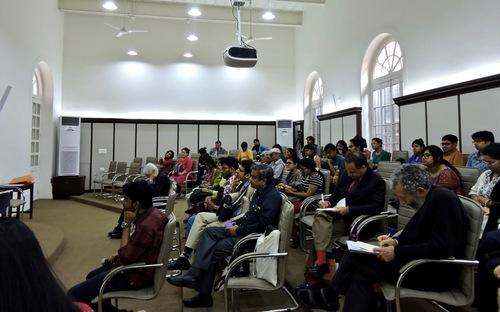A group of scientists has published a plan for the United States to have all of its energy come from renewable sources by 2050, an ambitious goal that carries a $15 trillion price tag.
Mark Jacobson, a professor of civil and environmental engineering at Stanford, and his co-authors drew up the plan based on the capability of existing technology that draws energy from wind, water, and solar (WWS).
The plan tailors the composition of renewable energy sources to the individual geography of each state, with an interactive infographic of the distribution available on The Solution Project website.
South Dakota, for example, would get 60 percent of its energy from inland wind energy, whereas Alabama would only get 5 percent from the same source.
Once completed, half of the nation’s energy supply would come from wind, 45 percent from solar, and the remaining from hydro and geothermal sources. It would call for a little under half a percent of the country’s land to be covered with solar panels and wind turbines.
The estimated cost only covers the construction of renewable energy infrastructure to supply the existing energy needs of the entire country, but assumes that energy-consuming technology, such as automobiles, will naturally convert to being fully powered by electricity—not an unreasonable assumption, given that Tesla plans to introduce a $35,000 electric model in 2017.




